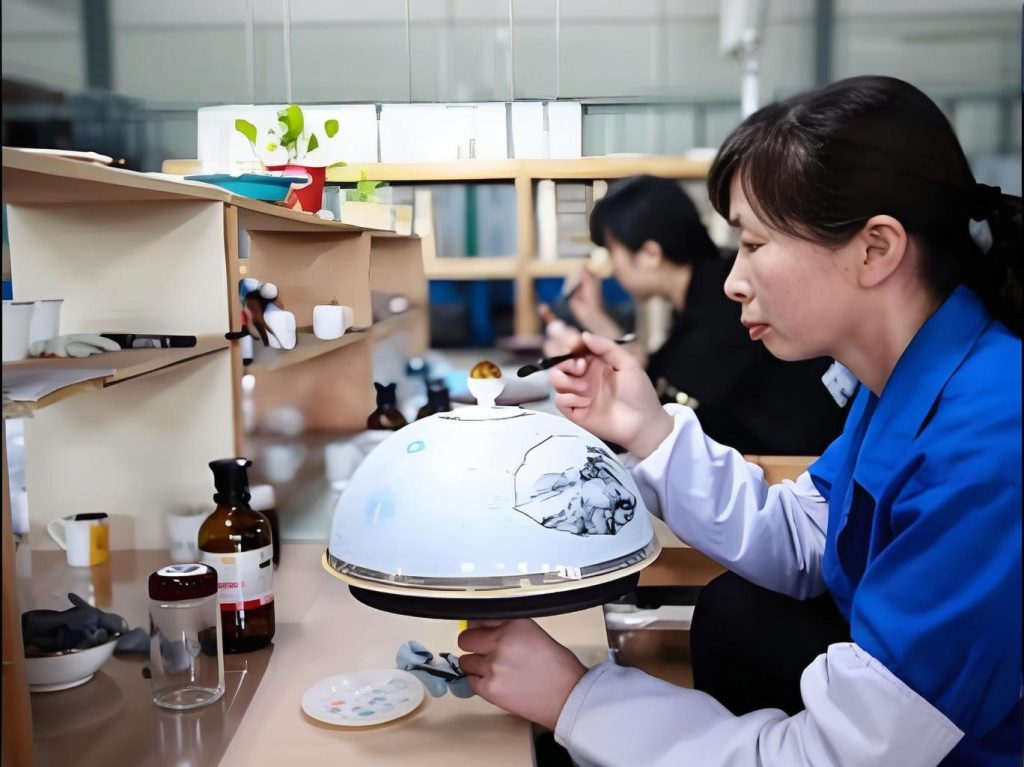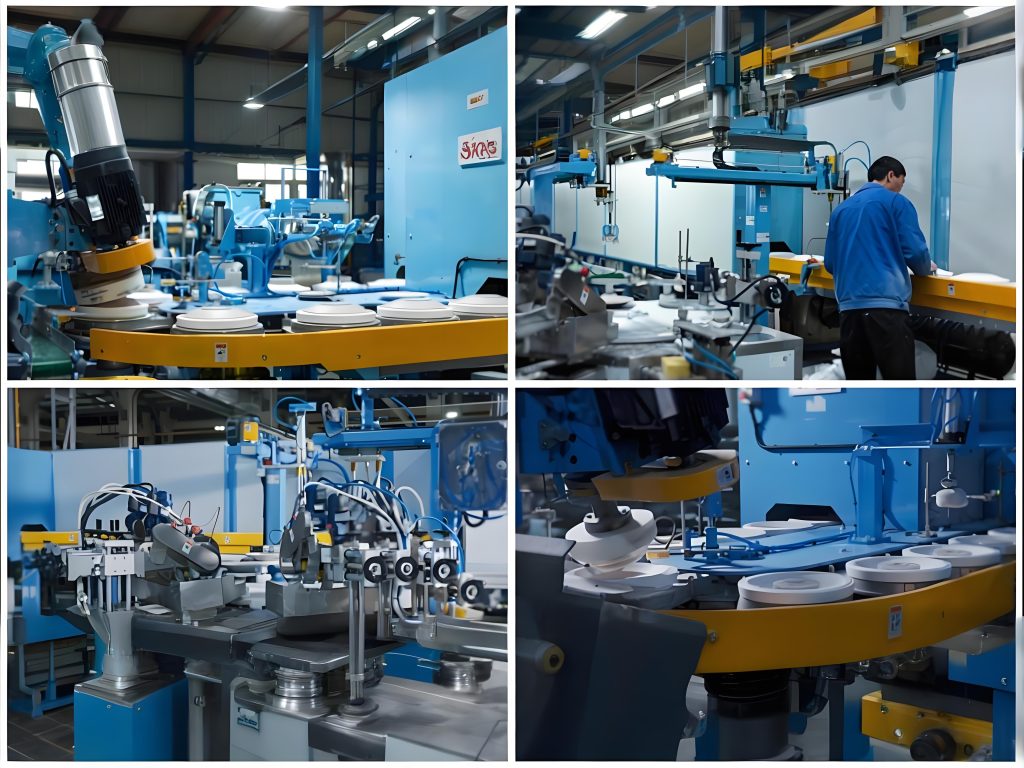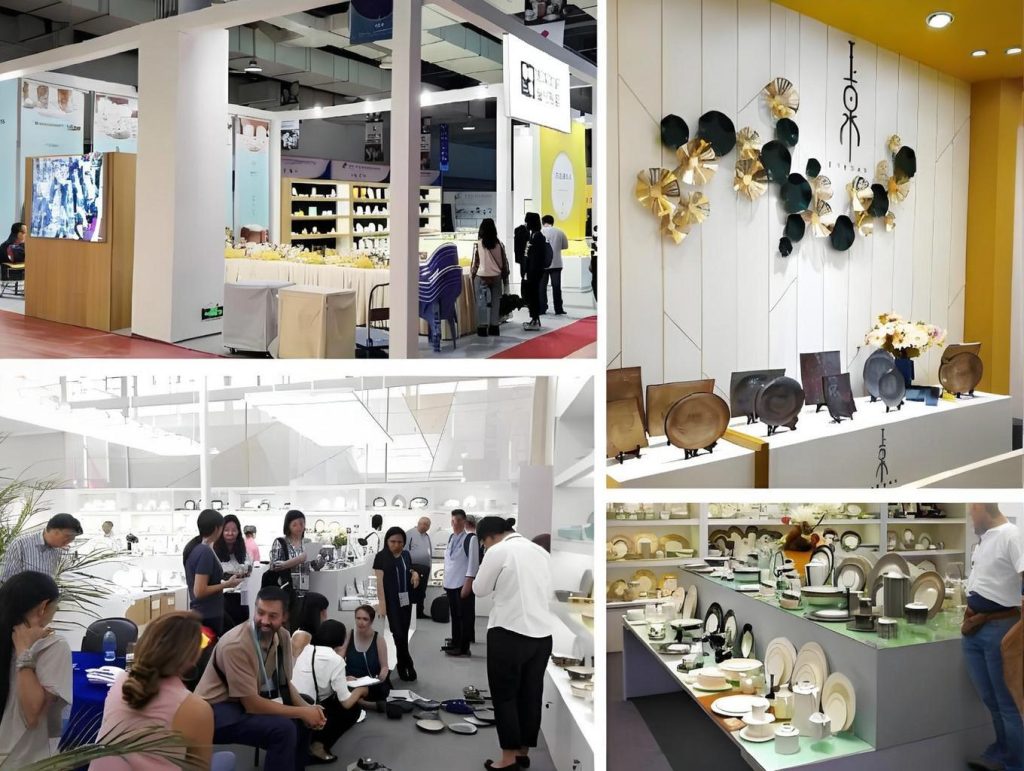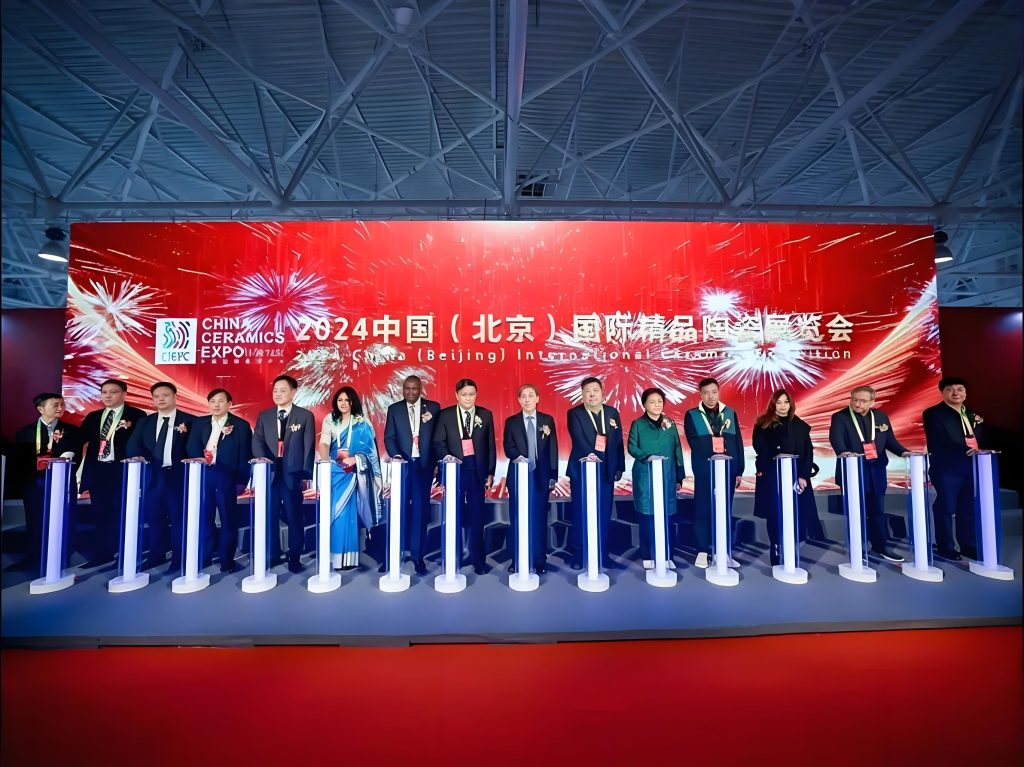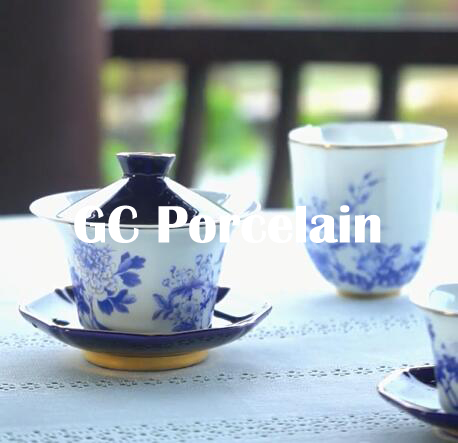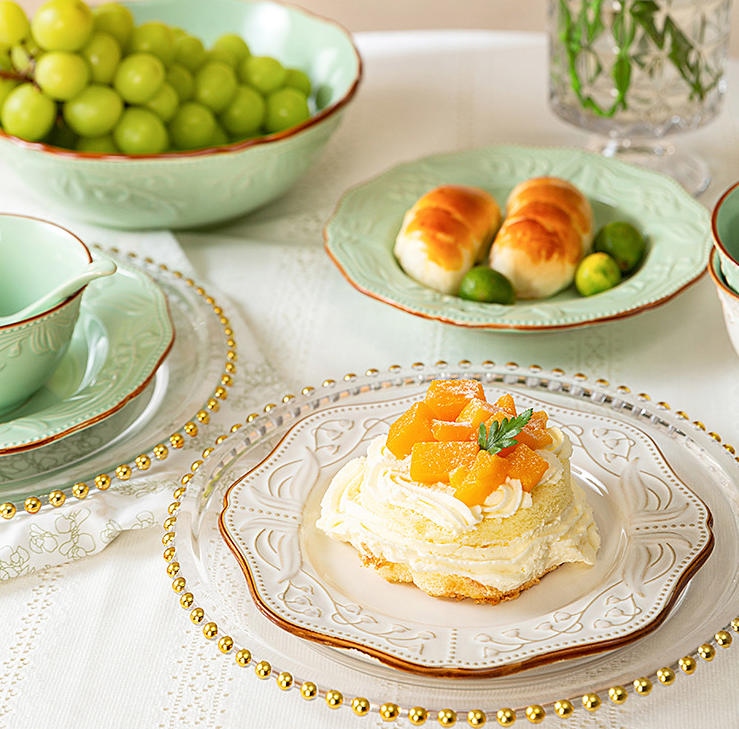Digital Printing on Dinnerware: Every Piece Tells a Story
I walked past Starbucks this morning. On the counter sat their new cherry blossom mugs. Pink gradients mixed with hand-drawn petals. Pretty nice looking.
The cashier said these mugs sell super fast. “People now want dinnerware with real design. It’s not just eating tools anymore.”
Honestly, I didn’t think dinnerware printing would be that interesting. But after browsing Quora and Reddit, I found something surprising. There’s a tech revolution happening right now.

Old Problems with Traditional Printing
Someone on Quora asked a great question. “Why do custom dinnerware orders always require huge quantities?”
A ceramic factory engineer answered:
“Traditional screen printing or decal methods need plates first. One plate set costs hundreds of dollars minimum. If you only want 50 plates, the plate cost alone adds several dollars per piece. Factories usually require 500-1000 pieces minimum. That’s how they cover costs.”
On Reddit’s r/SmallBusiness, an entrepreneur complained about wedding dinnerware:
“I contacted five factories. All said 1000 pieces minimum. But I just wanted 200 sets for market testing! I ended up using cheap heat transfer printing. The design faded after a few washes.”
That’s the traditional printing trap: High minimum orders → Limited creativity → Fewer consumer choices.
Digital Printing: The New Game Changer
Dinnerware digital printing got hot these past few years. It basically applies printer technology to ceramics and glass.
On Quora, a tableware manufacturer with 15 years experience explained how digital printing works:
“We now use ceramic inkjet printers. They spray special ink directly onto dinnerware surfaces. Then high-temperature firing makes colors penetrate the glaze layer. The whole process needs no plates. We design on computer and print directly.”
What does this mean?
- Minimum order can drop to 1 piece: Want a mug with your logo? No problem.
- Change designs anytime: Print cherry blossoms today, switch to cats tomorrow. No plate changes needed.
- Richer colors: Traditional screen printing handles 4-6 colors max. Digital printing can theoretically reproduce millions of colors.
A restaurant owner on Reddit shared his experience:
“We change our dinnerware theme every quarter. With digital printing, we can customize just 200 plates. Cost dropped 40% compared to before. Customers love taking Instagram photos. They’re basically doing our marketing for free.”
But It’s Not Perfect
The technology sounds great. But real-world use has pitfalls.
First problem: Durability
A top Quora answer mentioned this. Early digital printing faded after a few washes. Especially when facing dishwasher high temperatures.
But ink technology improved now. Many tableware manufacturers match traditional underglaze durability. Some even pass FDA food safety certification.
An interesting detail: One respondent said their factory does “1000 dishwasher cycle tests” now. They only sell to restaurant clients after confirming prints won’t fade.
Second problem: Cost
A manufacturer on Reddit admitted:
“Equipment investment is a huge barrier. One industrial ceramic inkjet printer costs $200,000-500,000. Small factories can’t afford it. So many ‘digital printing service providers’ appeared. Factories send dinnerware there for contract printing.”
This explains the huge price differences in custom dinnerware now. Some use real ceramic digital printing. Others just wrap on heat transfer film. They look similar but perform completely differently.
Who’s Making Money with This Tech?
I browsed social media. Found three hottest scenarios for digital printing dinnerware:
1. Wedding and Event Customization
On Reddit r/Weddingplanning, couples shared custom wedding plates. Names and wedding dates printed on them. Comments flooded with “where did you get these?”
One vendor replied. They handle 50-100 wedding orders monthly. Average 20-50 pieces per order. Profit margins double standard batch products.
2. Restaurant and Cafe Branding
That restaurant owner mentioned earlier added something:
“Customers secretly ‘take away’ our plates as souvenirs. I felt bad at first. Then I realized—isn’t this the best brand promotion? We just print our website on plate backs now. Some people actually visit after seeing the plates.”
3. Artists and Independent Designers
A ceramicist on Quora said something. She used to hand-paint dinnerware. One set took two weeks.
Now she uses digital printing for designs. Then adds handmade details herself. Output tripled. Prices still stay at “artwork” level.
She said something really smart:
“Technology doesn’t kill handcraft. It shifts the creative bottleneck from ‘production speed’ to ‘imagination boundaries’.”
Industry “Unwritten Rules”
I talked with several tableware manufacturers. Found some interesting details:
Ink is Core Competitiveness
Digital printing quality depends 70% on ink formulas. Some factory inks show bright colors but can’t handle high temperatures. Others survive 800-degree firing but have narrow color ranges.
This explains why products claiming “digital printing” have vastly different quality outputs.
“Fake Digital Printing” Everywhere
One respondent complained. Many e-commerce “custom dinnerware” actually uses dye sublimation or water transfer printing. Not real ceramic digital printing at all.
Simple identification method: Real ceramic digital printing embeds patterns in glaze layers. Feels completely smooth when touched. Fake ones feel like a film layer.
Eco-friendliness Becoming New Selling Point
A Reddit post mentioned this. Traditional screen printing produces heavy metal wastewater. Digital printing inks cost more but use water-based eco formulas mostly.
Some European clients now explicitly require digital printing processes only.
Where Will This Tech Go?
Let’s talk about future predictions.
A Quora industry analyst predicted something. Digital printing might capture 30-40% of custom dinnerware market within five years. Currently around 10% only.
Two main driving forces:
- Equipment costs dropping fast: Three years ago one machine cost $500,000. Now domestic equipment sells for $150,000. Performance gaps exist but enough for small factories entering.
- Consumer demand changing: Post-90s and post-2000s generations increasingly reject “mass-produced standard products”. They’ll pay 20-30% more for personalization.
But some people throw cold water. A veteran craftsman on Reddit said:
“Digital printing can’t replace handmade warmth no matter how advanced. Truly high-end dinnerware still needs craftsmen painting stroke by stroke. Technology solves 80% of market demand. But the remaining 20% forever belongs to human hands.”
Honestly, I agree with this view.

If You Want to Try
Some practical advice here. If you want custom dinnerware (personal use or selling), start like this:
- Confirm the process first: Ask vendors directly “Is this ceramic inkjet printing? Dishwasher safe?” Skip vague answers immediately.
- Request samples: Worth paying more to see physical products first. Some mockups and actual products differ like night and day.
- Calculate costs clearly: Digital printing advantages show in small batches. If you need 5000+ pieces, traditional methods might be cheaper.
Another tip: Post on Reddit’s r/Ceramics or r/SmallBusiness asking for recommendations. Foreigners love sharing reliable supplier lists.
Writing this reminded me of that Starbucks mug. Maybe in a few years, we’ll all own pieces “uniquely ours.” Printed with favorite drawings, memorable dates, or just meaningless but meaningful words.
Technology makes this possibility touchable now. Whether the final products look good or have soul? That really depends on users’ thoughts.
If you have any questions or need to custom dinnerware service, please contact our Email:info@gcporcelain.com for the most thoughtful support!
